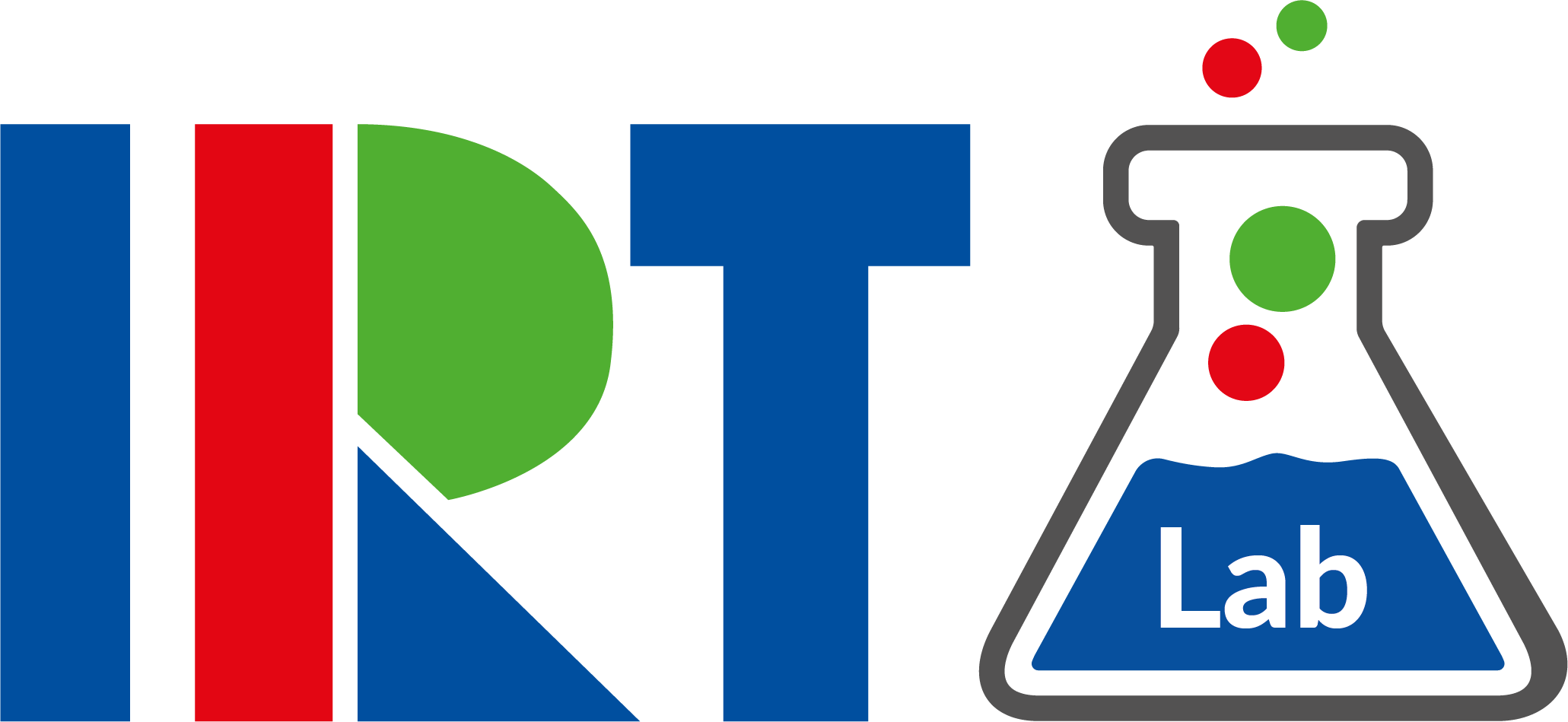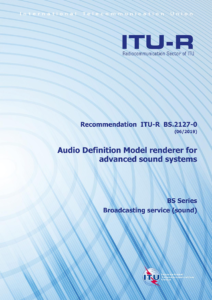previous posts we informed about the progress and achievements related to our Next Generation Audio renderer work, especially about the EBU ADM Renderer or simply the “EAR”.
At the last ITU-R WP6C meeting in Geneva, where international standards for production and quality topics in broadcasting are discussed and made, we finally achieved one of our main objectives of the past years: the standardisation of an open renderer for Next Generation Audio (NGA). This renderer standard is a crucial element for a reliable NGA workflow and will make sure that the sound engineer will be able to monitor the signals in the same way as the the audience will do. That may sound trivial but was indeed not guaranteed until recently due to a fragmented market situation.
This renderer is a complete interpretation of the Audio Definition Model (ADM) Format, specified in Recommendation ITU-R BS.2076 and very much based on EBU Tech 3388, our joint project with BBC, b<>com, France TV within an EBU working group. The renderer specification EBU Tech 3388 was published on 29th March 2018 and precisely one year later the plenary meeting of ITU-R’s Working Party 6C agreed on the new Recommendation ITU-R BS.2127-0 “Audio Definition Model renderer for advanced sound systems”. The Renderer specification is again accompanied by an open-source implementation written in Python, which is available on the ITU website. The source code is also published on the EBU Github repository and we will continue to maintain the code and implement further updates there.
Though this new Recommendation and the source code is very much based on EBU Tech 3388, the ITU-R Recommendation is a joint effort of multiple broadcasters and manufacturers. To make sure that the renderer is compatible with all NGA technologies and systems which are currently available (e.g. MPEG-H, AC-4 or DTS:X) we worked together with industry partners like Dolby, Fraunhofer IIS and DTS.
This is a great achievement for us but we won’t stop now to engage and push ADM and the ITU ADM Renderer for a truly open and independent NGA workflow. Stay tuned for news of our exciting new projects in the near future!


 In
In